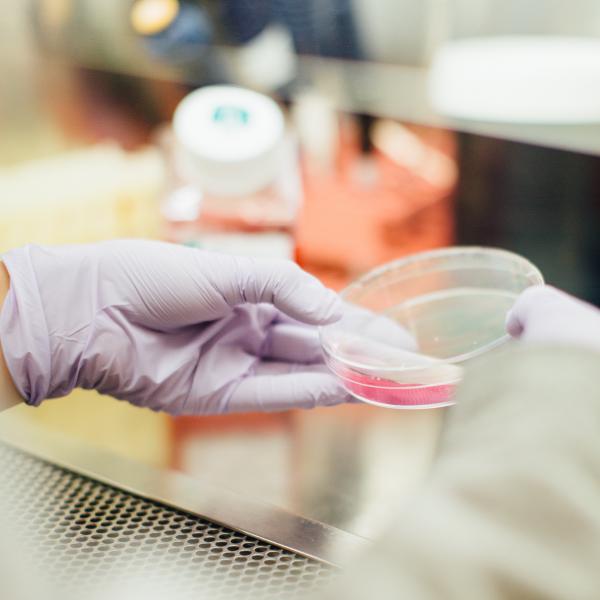Symptoms and diagnosis of CLL

Symptoms of CLL
CLL usually develops very slowly so there may be no symptoms in the early stages. Possible symptoms include:
- Getting infections more often and recovering more slowly from infections.
- Tiredness and looking pale, shortness of breath - due to fewer red blood cells
- Unexplained weight loss / loss of appetite - your body may need to use up fat stores causing weight loss
- Headaches
- Night sweats, aching bones and joints - these symptoms can happen when there are too many abnormal cells in the bone marrow. The exact reason why people with CLL and other blood cancers experience night sweats is unknown
- Swelling of your spleen and/or tenderness on the left side of your abdomen, caused by an enlarged spleen
- Swollen lymph nodes
- Unexplained bruising or bleeding - caused by lower numbers of healthy platelets in the bone marrow, which help blood to clot.
All these symptoms can be caused by conditions other than cancer, but it’s important to go to the GP and get any unusual changes checked.
Can I be screened for CLL?
Testing for CLL when you have no symptoms is called screening. There is no leukaemia screening programme. This is because there have been no tests proven to help predict leukaemia. If you are worried about leukaemia, contact your family doctor (GP).
Diagnosing CLL
Your family doctor (GP) will talk to you about your symptoms and arrange blood tests, if needed. If your blood test is abnormal you will be referred to hospital for more tests. Some tests can also help your doctor to learn more about your CLL and how it’s responding to treatment. Tests on blood and bone marrow can be found below.

Bone marrow biopsy
Taking a sample of your bone marrow (and maybe bone). The sample is taken from the inside of your bone, usually the hipbone.
The sample is examined under a microscope to see the number and type of cells in it. You may have this test to diagnose CLL and also to see how you are responding to treatment.
Tests on blood and bone marrow
Chromosome studies (cytogenetics)
Tests on blood or bone marrow samples that look for known abnormal changes in chromosomes that can happen with CLL. For example, parts of chromosomes may be missing, or you may have an extra chromosome. Read more about chromosome changes in CLL.
A test called FISH analysis (fluorescence in situ hybridisation) makes abnormal genes glow (fluoresce) so that the doctor can identify the particular type of genetic abnormality. In CLL cells, chromosomes 11, 12, 13 and 17 often have defects.
A FISH test can help your doctor to predict how your CLL might respond to a particular treatment, so they can recommend the best option for you.
Immunophenotyping
Checking for proteins or markers on the surface of the leukaemia cells to diagnose CLL or give more information about your type of CLL.
Chest X-ray
Using high-energy rays to take pictures inside your body to check for any enlarged lymph glands or to see the state of your general health.
Lymph gland biopsy
A small operation, usually with a local anaesthetic, to take samples of your lymph glands to see if they contain cancer cells. This does not happen often when diagnosing CLL.
Ultrasound scan
Using sound waves to look for abnormal changes inside your body. For example in your lymph glands or spleen.
CT scan
A special type of X-ray that gives a detailed picture of the inside of your body.

A haematologist is a doctor who specialises in treating blood and bone marrow problems.
For more information
Phone
1800 200 700



